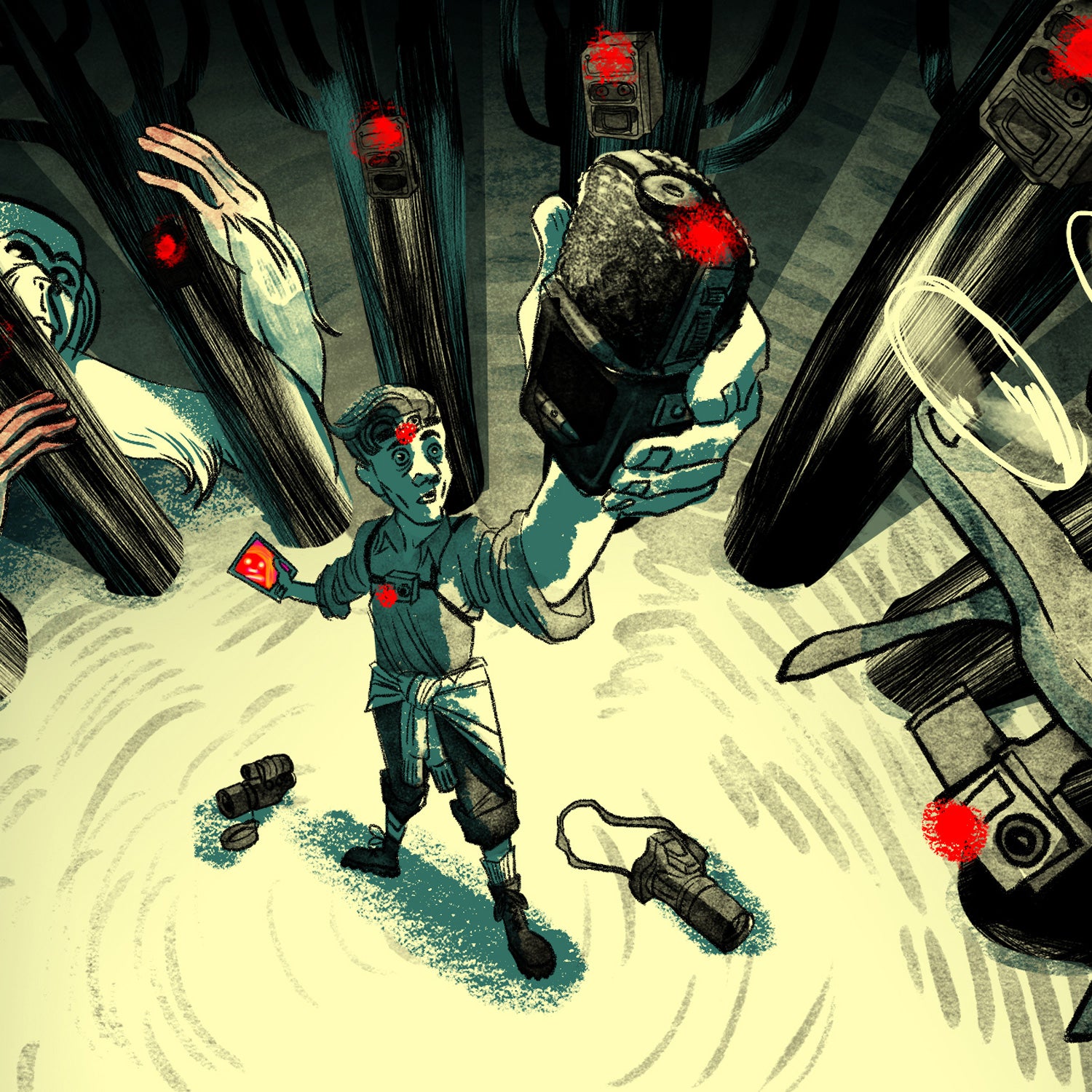Bigfoot, if he exists, is incredibly good at remaining unseen. For decades, folks have reported sightings of the legendary beast, yet strikingly few clear photos or videos of sasquatches exist. The creature “likely evolved alongside humans,” says the (BFRO), a loose collection of amateur hunters across the globe��and “became astonishingly adept at avoiding human contact through a process of natural selection.”��
It’s no surprise then that amateur hunters have increasingly turned to the latest technological advances to capture shots of the nocturnal ape. From military-spec imaging equipment to off-the-shelf REI goods, here is the BFRO-approved list of what any amateur bigfoot hunter needs to finally prove that the truth is out there.
Thermal Imager
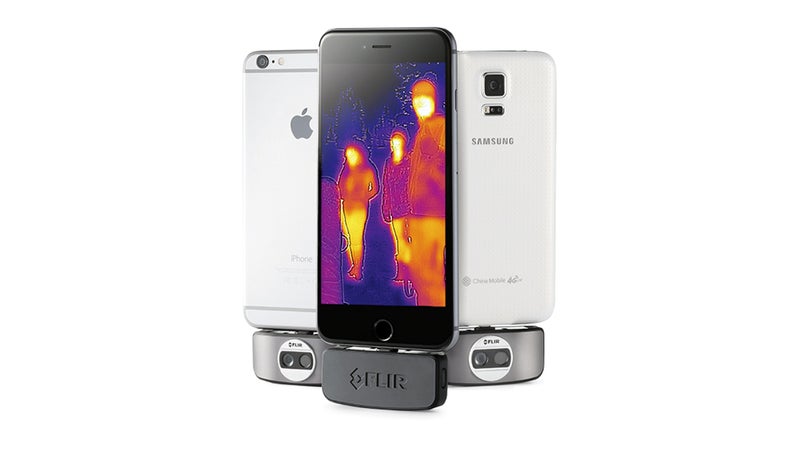
The biggest sea change in bigfoot hunting in the last few years has been the dramatic reduction in the price of thermal imaging equipment. That’s helpful because, as the prevailing wisdom among seekers goes, sasquatches are only active at nighttime.��
Thermal imagers hit the market about eight years ago, says Matt Moneymaker, host of ��and founder of BFRO, but the machines cost upwards of $4,000 and didn’t come with a built-in recorder. Now, Monkeymaker says, products like ��turn any smartphone camera into a thermal imager. “Thermal imaging allows you to see the world in terms of heat,” which means you can see “a rat in a tree at a 100 yards,” Moneymaker says. “If your business, like mine, is to go out in the woods at night, you shouldn’t go out without a thermal imager.”
Night Vision Goggles
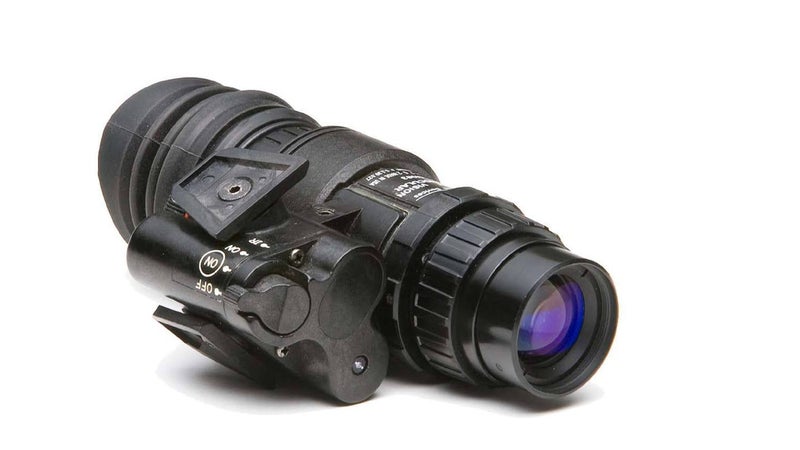
One of the most useful tools for bigfoot hunters is a technology that hasn’t changed in decades. The used by Moneymaker and other hunters is the same kind used by American forces in Vietnam, and is sold by all sorts of online arms dealers.��
A single scope, like the starlight models soldiers mount to their rifles, intensifies nighttime ambient light—that dim glow projected by the moon or stars—and allows the user to see ghostly outlines of their environs. And despite the rise in cheap thermals, night vision isn’t useless: trails don’t give off heat, so thermal imaging can’t help you navigate thick forests at midnight. “A starlight scope will allow you to see the trail and the ground to let you walk around in the dark,” Moneymaker says. “It’s how you go in with no lights without breaking an ankle.”��
Trail Cameras
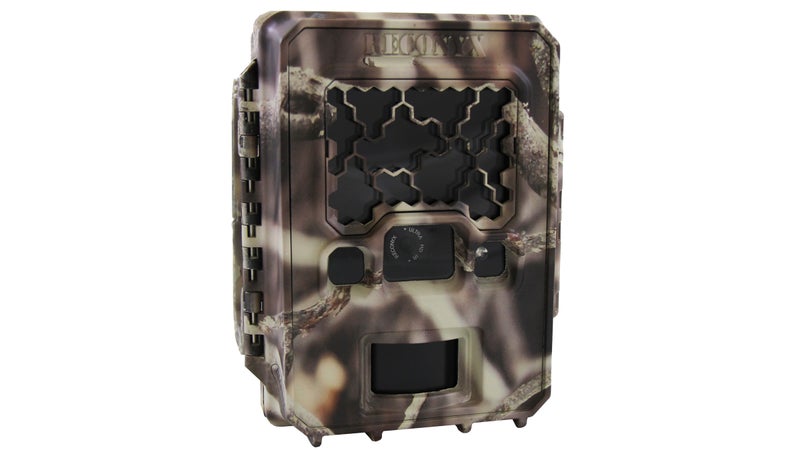
You can’t be everywhere all the time, so trail cameras—the autonomous cameras wildlife photographers use to capture snaps of rare leopards and such—are the best option to get shots of an unsuspecting sasquatch. BFRO recommends ,��which come to life and begin recording as soon as an animal trips its sensor. (Monkeymaker warns, though, that trail cameras must be camouflaged to ensure the bigfoot don’t spot them.) The best shots of sasquatch captured by a trail cam, Monkeymaker says, are likely the “”—night vision snaps of a juvenile bigfoot (or a scrawny bear, if you’re a non-believer) recorded in northwest Pennsylvania.��
Recorders and��Remote Speakers
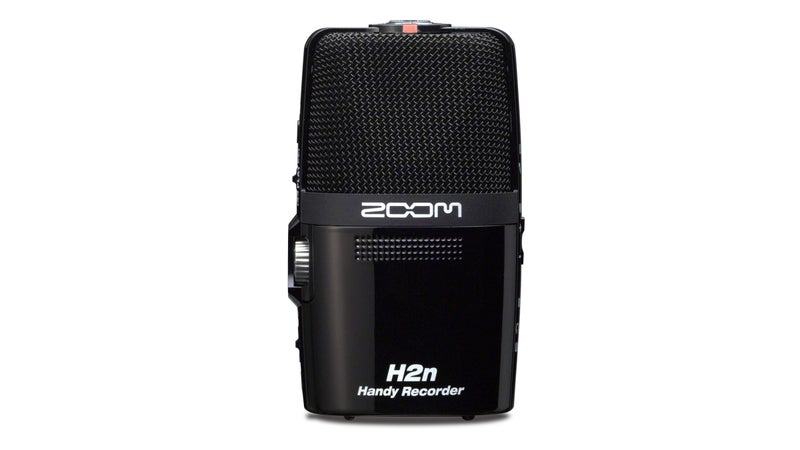
Recording devices in the field have let hunters capture sasquatch calls—including the famed l��that Monkeymaker recorded over 20 years ago. Today, pocket-sized cheap recorders like ��let anyone document bigfoot vocalizations.��
Serious Bigfoot hunters also bring out big speakers to blare recorded sasquatch calls—dubbed “blasting” by pros—in the hopes of attracting nearby ‘squatches. Monkeymaker and his crew used to haul a surplus Navy battleship speaker into the woods, but he’s since become skilled at mimicking the howls himself. “They might respond to vocal howls if you really imitate the cadence they do—there’s a certain siren-like cadence. Some can do it better than others,” Monkeymaker says. “I can get the midrange at volume—that sounds like a female.”
Drones
Aerial drones may well be the future of bigfoot hunting, and ��and professional efforts, like Idaho State University Professor Jeffrey Meldrum’s , have already used them to scout for the elusory creature. Right now, however, drones’ limited flight time and the price of thermal imagers small enough to mount to an unmanned aerial vehicle are keeping the technology from going mainstream among the BFRO community. But, Moneymaker says, “all of that technology, like everything else, will become cheaper, and when it becomes cheaper, it becomes more available.”


